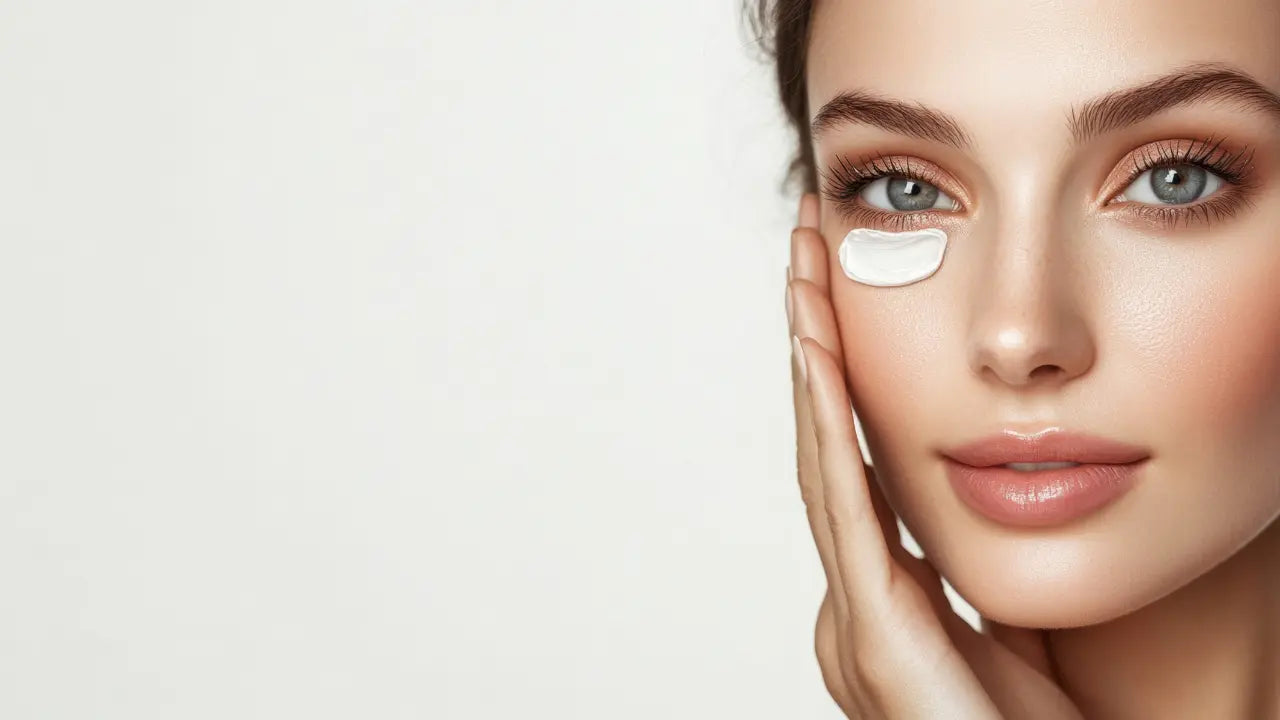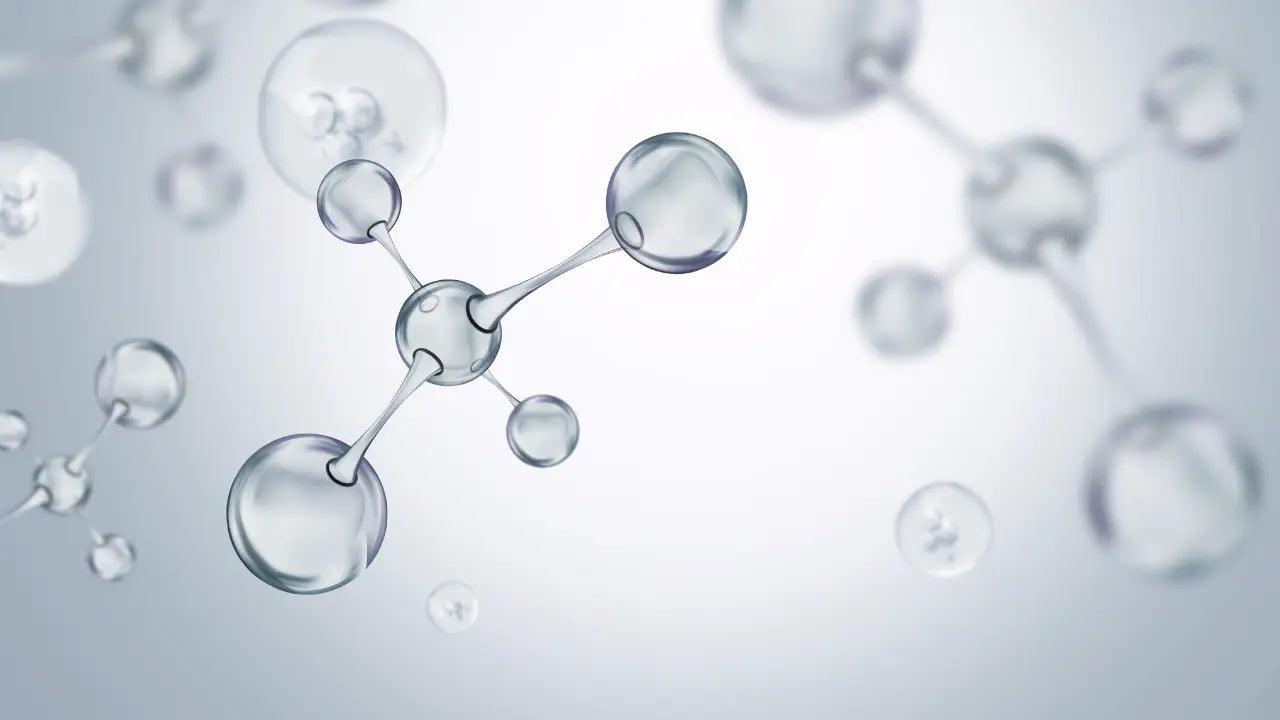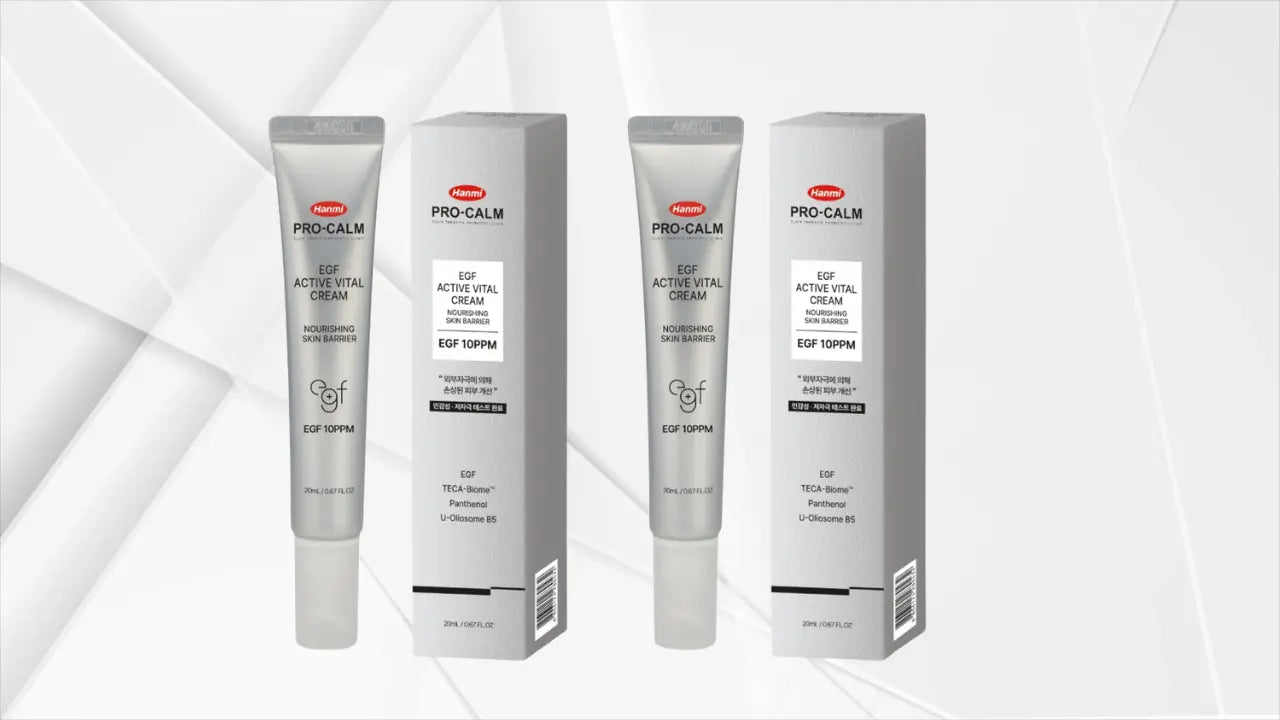The phrase overnight peel off mask sounds like a contradiction until you try one of the newer wrapping films that set into a flexible layer while you sleep. In plain terms, these masks behave like a breathable seal that minimizes water loss and helps your preceding skincare stay put until morning rather than rubbing off on your pillow. That simple change in dwell time can make a routine feel more efficient without adding daytime weight or shine.
What is an overnight peel off mask?
An overnight peel off mask starts as a viscous gel that dries into a thin film after application. That film remains intact through the night and is removed in one piece the next morning. The immediate benefit is occlusion, a well-documented way to reduce transepidermal water loss and keep the outer skin layers better hydrated; dermatology summaries describe emollients and occlusives as core tools for reducing TEWL and maintaining barrier function. DermNet®
In practice, these masks feel lighter than petrolatum-based slugging yet deliver a similar stay-put benefit for serums and moisturizers applied underneath. The experience is closer to wearing a late-stage primer that dries down softly and doesn’t transfer to bedding. Clinical and textbook sources continue to note that occlusive products work by forming a surface barrier that slows evaporation from the stratum corneum, which is why even a slender wrap can leave skin more supple by morning. Recent methodology papers on TEWL also point out that moisturizers and film-forming systems can measurably lower water loss, which supports the comfort many users feel after a night with a wrap. ncbi.nlm.nih.gov+1
Key ingredients & how they work
The star on the label is often collagen, but what it does topically is more modest than the headlines suggest. Hydrolyzed collagen fragments in a mask act primarily as humectants and film-formers, helping the product hold water at the surface so skin looks plumper after removal. That’s different from ingestible collagen, where recent meta-analyses suggest measurable improvements in hydration and elasticity over weeks of consistent use; those oral studies don’t automatically translate to topical delivery because the skin’s barrier limits how large molecules travel. I keep expectations realistic with wraps: hydration and smoother texture are likely, while structural changes are less likely from a single overnight use. PMC
Niacinamide shows up frequently in overnight formulas for good reason. Contemporary cosmetic studies report barrier support, improved hydration, and help with uneven tone when niacinamide is used regularly, and the closed environment of a wrapping mask can simply give that familiar ingredient more uninterrupted time on skin. In my experience, a low-to-mid percentage in an overnight mask is especially helpful in dry months because it can reduce water loss with a lower risk of irritation than stronger actives; recent head-to-head work even found sustained hydration and TEWL improvements over months of use with niacinamide-rich formulas. PMC
Collagen: topical hydration vs ingestible evidence
When I compare the morning feel after a collagen wrap with and without a humectant-rich serum underneath, the wrap alone smooths flakes but the duo leaves a bouncier finish. That fits the mechanism: film-forming polymers reduce evaporation while the dissolved actives beneath have hours to interact with the upper skin layers. For readers curious about supplements, multi-trial analyses support oral hydrolyzed collagen for hydration and elasticity over time, but those data evaluate ingestion rather than masks; I think of a peel-off wrap as a comfort booster and a next-day makeup-prep trick rather than a replacement for long-horizon strategies. PMC
Niacinamide synergy and barrier support
If your skin gets ruddy in winter, niacinamide inside an overnight film is one of the few combinations I reliably reach for. The ingredient’s multi-pathway profile—barrier-lipid support, calming visible redness, and gradually brightening discoloration—pairs naturally with the occlusive effect of a wrap, and the sealed environment helps reduce rub-off on fabric so more product stays where you want it. Recent clinical work reinforces that niacinamide-forward regimens can maintain hydration while improving TEWL over several months, which mirrors what I see anecdotally when clients rotate wraps into their colder-weather routine. PMC
Types & how to choose
Not all “sleeping masks” behave the same. A wrapping film sets into a flexible sheet you can peel away in the morning, and it’s the format most people mean by an overnight peel off mask. If you want the quintessential one-piece peel, the Medicube Collagen Overnight Wrapping Peel Off Facial Mask Pack is a natural starting point inside this catalog, and the brand’s own materials describe it as a film that cares for elasticity and hydration as it sets overnight. I’ve found the dry-down to be soft rather than shiny if you avoid laying it on too thick, and the peel is tidy once edges are loosened gently around the jaw and cheeks. MEDICUBE US
If you prefer zero peel, a gel-hydrogel mask dries to a soft jelly that lifts away without the same edge-to-edge removal. Users who dislike the tug of films or who have peach fuzz they’d rather not disturb often gravitate here. Within this shop, the BIODANCE Bio-Collagen Real Deep Mask behaves like a cushy hydrogel that rinses away cleanly, which makes it a gentler option for sensitive nights.
Classic cream sleeping masks act like rich moisturizers and are removed with a morning cleanse rather than a peel. These suit people who want overnight cushion without any film. If you lean dry but reactive, I look for simple INCI lists with humectants and barrier allies rather than heavy fragrance. If your T-zone is finicky, choose a film that dries fully matte before bed; a good test is whether your hairline sticks to it after ten minutes. In humid climates, a thinner layer often beats a thick coat, while in colder rooms with constant heating, a hydrated base serum can help the mask do more visible work by morning.
Who it’s for—and when to be cautious
Overnight wraps generally suit normal-to-dry or combination skin that loses water overnight, and they can be a smart swap for people who dislike heavy ointments. Dermatology references consistently describe occlusive products as the strongest way to slow evaporation at the surface, which is exactly what many of us need in forced-air heating or on long flights. If you’re oily, you can still use a thin layer to reduce dehydration flaking without adding daytime weight; the trick is spreading an even veil and letting it dry completely before your head hits the pillow. ncbi.nlm.nih.gov
There are caveats. If your skin is extremely sensitive, fragrances and certain preservatives are more likely than the film itself to cause reactions in cosmetics, so a simple patch test over a couple of nights is worth the patience. If you’re using strong actives like prescription retinoids, give your skin a few weeks to acclimate before layering occlusive steps. Consumer guidance from the American Academy of Dermatology—older but still the standard—notes that people with lots of redness or active irritation may simply not be good candidates for retinoids until things calm down, which is a sensible lens to use when deciding whether to combine a wrap with stronger actives. For the delicate eye zone, I’d keep full-face peels a finger-width away from the lash line, then add targeted comfort with the COSRX Pink Peptides Collagen Hydrogel Eye Patch if you want a cushiony boost without any tug. AAD
If barrier support is your top concern because cleansers leave you feeling tight, a thin layer of the AESTURA ATOBARRIER365 Cream under a wrap can ease that edge. I tend to reserve the richest creams for the cheek perimeter while letting the film handle the center of the face, which keeps the T-zone calmer.
How to use & routine pairings
My reliable routine is straightforward. After cleansing, I apply a thin, water-based hydrating layer and give it a minute to settle, then smooth on a nickel-sized amount of wrap and let the film set completely before bed. On dry winter nights I often slip in a hyaluronic acid step such as the Torriden DIVE IN serum or choose a gel-cream base so the mask has more water to trap. If I’m testing a new retinoid, I don’t combine it with a peel-off wrap on the same night; alternating tends to be kinder, and dermatology reviews about irritation-mitigation techniques for retinoids back up that keep-it-simple approach. PMC
Within this shop, I like adding a very thin coat of the medicube Collagen Jelly Cream under the wrap if the room is dry, then going back to a lighter routine on off nights. When uneven tone is the priority, I’ll reach for the Anua TXA Niacin serum 2 pack on alternate evenings and keep the wrap for hydration-first nights so the skin gets variety without overload. In hot weather I often use the film alone so I don’t wake up tacky, and in very cold weather I pair it with a humectant essence first. For mornings after a peel-off, I rinse with lukewarm water, pat dry, and keep SPF consistent; makeup usually sits more smoothly thanks to fewer flakes and less overnight transfer. If foundation pills, a quick extra rinse solves it because a faint residue is usually the culprit.
If you’re tempted to “slug” with petrolatum instead, remember that classic occlusive ointments remain the heavyweight champions for sealing in moisture, often dropping TEWL far more than lighter gels; the tradeoff is a greasier feel and potential pillow transfer. That’s why I treat wraps as the tidy, bed-friendly middle ground when I want a breathable seal and a clean hairline. ncbi.nlm.nih.gov
Comparisons & narrative FAQs
Is a peel-off wrap the same as slugging with petrolatum? Not exactly. Slugging is still the most effective way to block evaporation, with reference texts citing near-complete TEWL reduction for petrolatum, while a film-forming mask aims for a drier finish and a tidy morning peel rather than residue at the hairline. Think of slugging as the heavyweight option and films as featherweight comfort that still preserves moisture by morning. ncbi.nlm.nih.gov
Will a collagen wrap rebuild lost collagen overnight? No, and that’s a healthy expectation to set. The biggest overnight win is hydration and a temporary smoothing of texture because water content changes the way light reflects off your skin. Multi-study analyses of oral hydrolyzed collagen show benefits for hydration and elasticity over time, but topical collagen in a mask mostly acts as a hydrating film-former rather than a dermal remodeler, so I file the results under “plumped and comfortable” rather than “structural.” PMC
How often can you use one? Most people don’t need a peel-off every night. I treat wraps like a two-to-three-times-a-week step in dry seasons and scale back when humidity rises. If your skin clogs easily, keep layers thin, cleanse gently the next morning, and observe how your pores respond over a few cycles. If you prefer an overnight mask without any peel, a cushy hydrogel like the BIODANCE Bio-Collagen Real Deep Mask offers a softer path to the same dewy wake-up look.
What about the eye area? My experience is that full-face films are best kept slightly away from the lash line so you don’t catch tiny hairs. For that zone, I’ll use COSRX Pink Peptides Collagen Hydrogel Eye Patch for thirty to sixty minutes in the evening or first thing in the morning while I make coffee. It’s a gentle way to handle puffiness without risk of tug, and it plays nicely with the rest of a wrap-based night.
How does a wrap play with makeup the next day? Quite well if you rinse thoroughly and keep your morning moisturizer light. If you prefer a brand-aligned experience, the medicube page for its wrap emphasizes elasticity and hydration claims, and in my own wear-tests I notice foundation sits more evenly because there are fewer dry edges to catch powder. As with any new step, patch test, watch for pilling with silicone-heavy primers, and space stronger acids or retinoids to alternate nights. MEDICUBE US
If you’ve wanted the comfort of slugging without the heaviness, an overnight peel off mask is a practical middle ground. The film reduces overnight water loss, keeps your evening actives from evaporating or transferring onto fabric, and leaves skin looking smoother with very little effort. My best results come from pairing a thin hydrating layer—sometimes the Torriden DIVE IN serum—with a breathable film, spacing stronger actives to alternate nights, and choosing textures that match the room you sleep in. If you want the classic peel-in-one ritual, the Medicube Collagen Overnight Wrapping Peel Off Facial Mask Pack delivers that tidy morning moment, while a softer hydrogel such as the BIODANCE Bio-Collagen Real Deep Mask offers similar hydration without any peel. With realistic expectations, a patch test, and smart pairings, this is one of the simplest upgrades to a night routine—and one of the easiest to stick with. DermNet®+1
Sources for key claims: occlusion and TEWL basics (DermNet; StatPearls 2024; TEWL measurement 2025), niacinamide hydration and TEWL improvements (2025 cosmetic study), oral collagen meta-analysis (2023), and brand details for the wrapping mask (medicube). MEDICUBE US+5DermNet®+5ncbi.nlm.nih.gov+5




